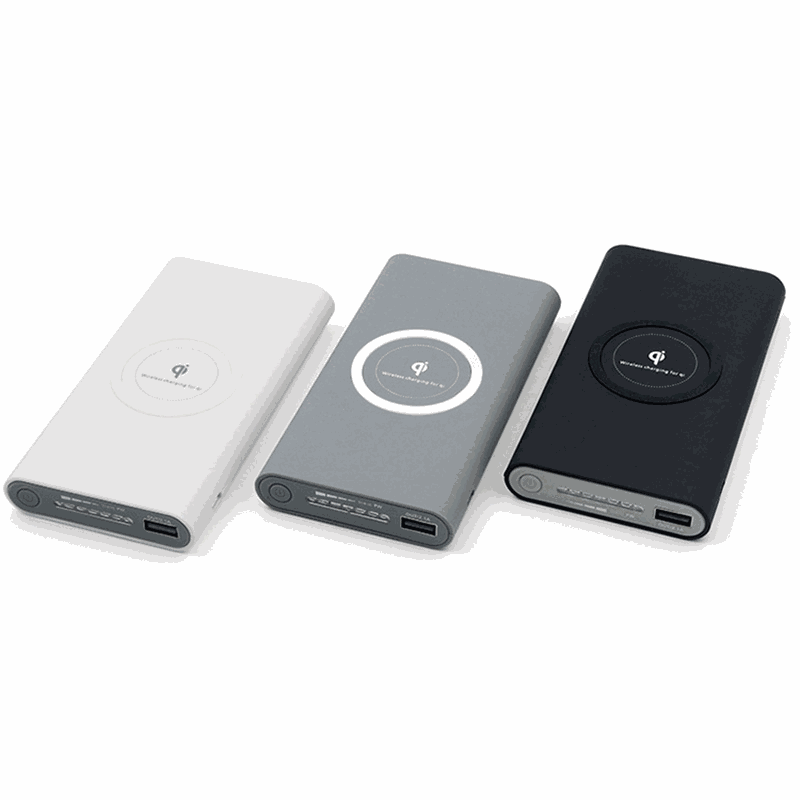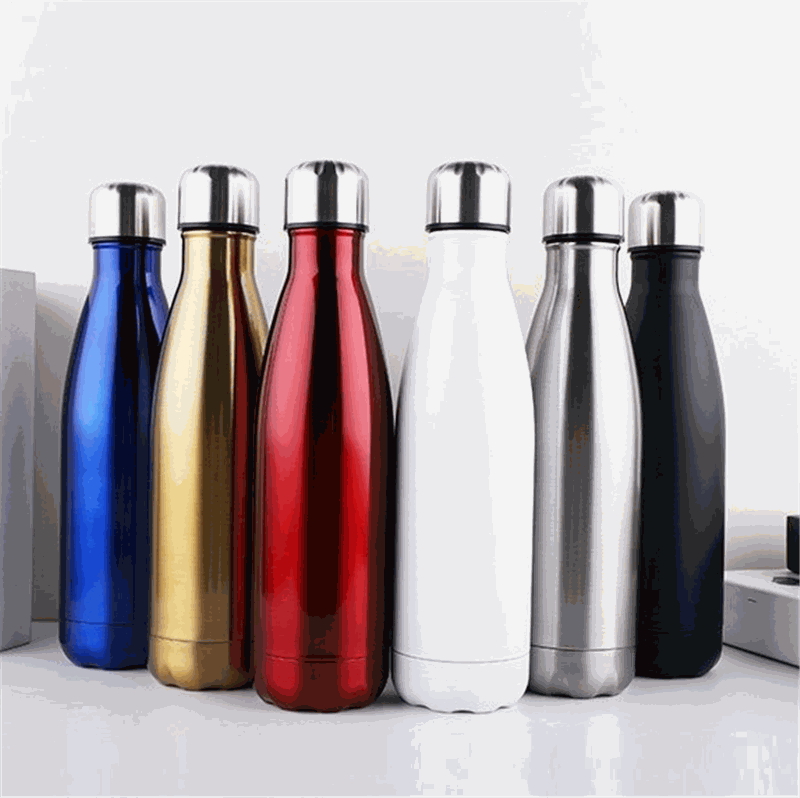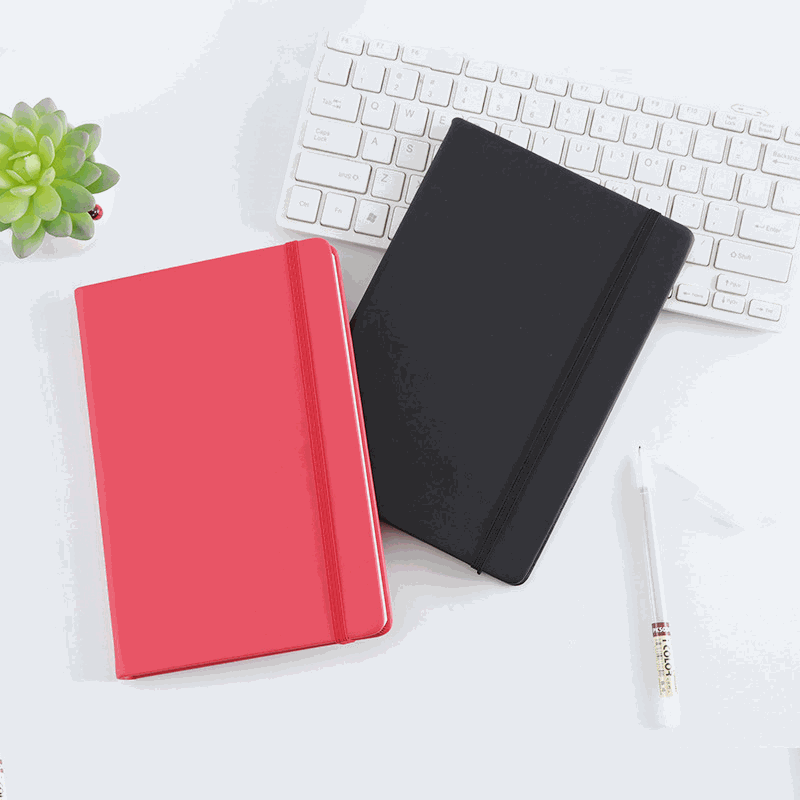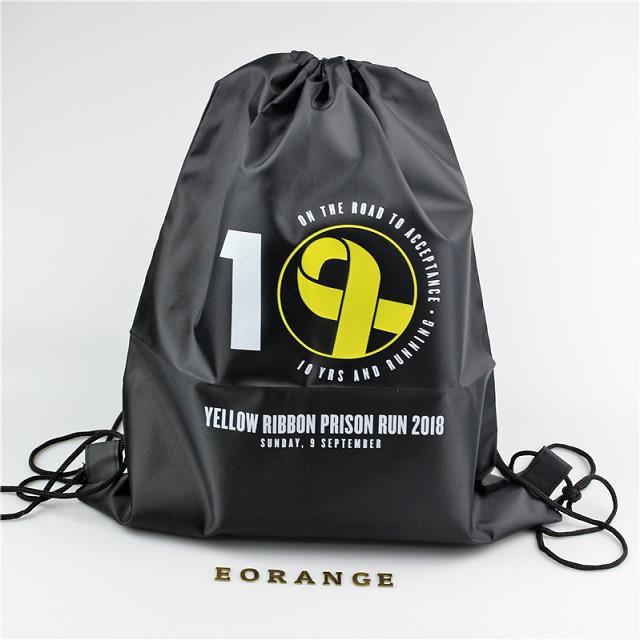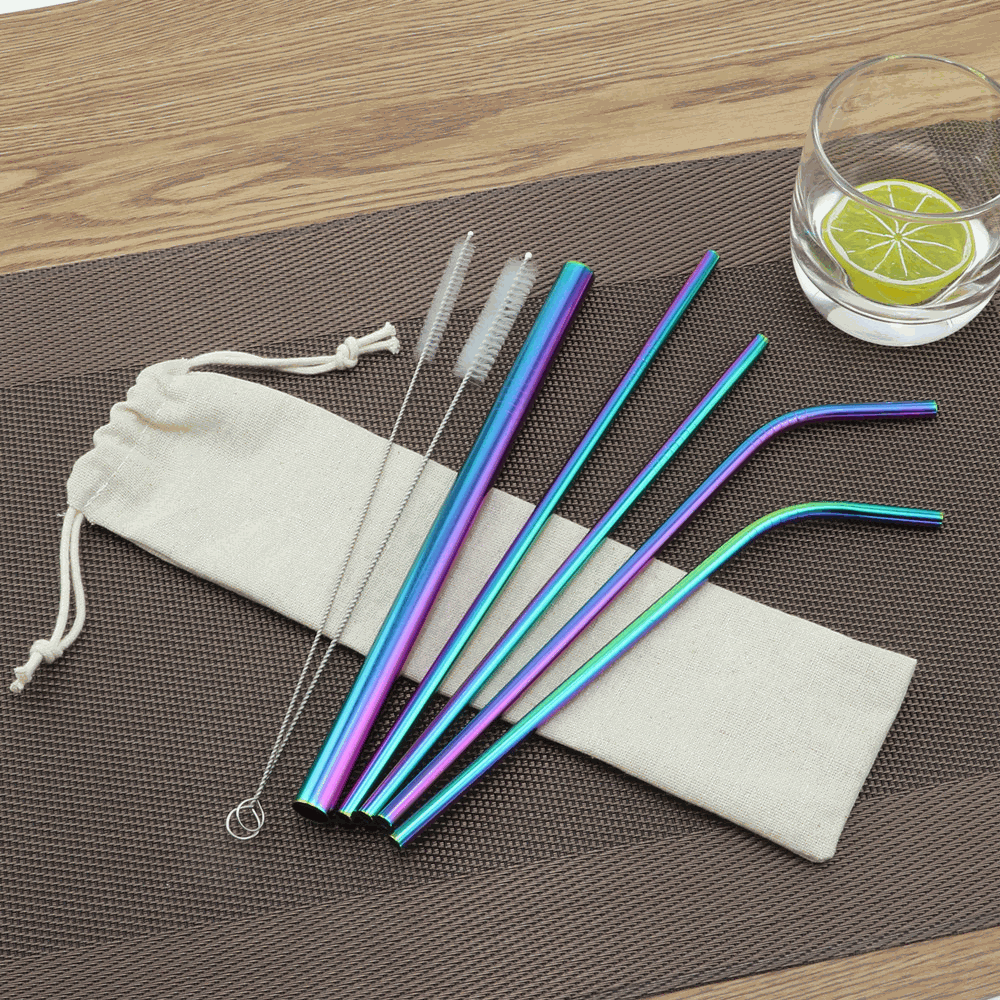Want Your Gift to Impress? Buy Something Heavy
The 17th-century French tragedian Pierre Corneille wrote: “The manner of giving is worth more than the gift.”
He had a point, according to Charles Spence, head of the Crossmodal Research Laboratory at the University of Oxford.
The professor’s work focuses on how our brains perceive the world around us. His research has demonstrated that high-frequency sounds and curved shapes seem to enhance the sweetness in food, and a wine tastes better if it is heralded by the popping sound of a cork and drunk from a heavy glass. He has partnered with chefs like Ferran Adrià and Heston Blumenthal to create multisensory food experiences, and worked with advertising agencies and marketers at many international brands.
So, what’s his advice if you want to impress this holiday season?
Bulk it up
“We’ve just published research on eating a box of chocolate,” Mr. Spence said. “If you hide a 30-gram (1 ounce) weight in a box of chocolate, that weight translates to a significant increase in perceived quality of the chocolate.”
There are exceptions, but the association between weight and the perception of luxury applies to numerous items including tableware, cutlery, perfume and wine, Mr. Spence said. “That’s why in a restaurant, a sommelier might subtly give you the bottle to weigh in your hand,” he added.
Black is basic
Black is the colour most associated with luxury because, Mr. Spence said, “it seems to be the colour that we perceive to be the heaviest.”
Such luxury cues are learned, rather than innate, so they can change over time. “I’m doing a lot of work on transparency at the moment; premium packaged goods should have a transparent window because it conveys freshness or quality,” he said.
But the trend is recent, the professor added, because “traditionally luxury goods used to have opaque packaging. I think it has to do with the current desire for authenticity.”
Layer it on
Unnecessary wrapping can be an ecological concern but, when it comes to luxury goods like wine in a presentation case, it does make an impression.
“Tissue layers are really good,” Mr. Spence said, “because the crinkle adds an extra sense to the experience.”
Consider a squirt of fragrance in the box or wrapping, and, if you want to cover all sensory bases, work out some way for classical music to be playing when the gift is opened because we associate it with quality.
Engaging several senses at once is beneficial. “The brain combines the inputs from each sense, both to determine what something is, but also to determine a hedonic or reward value,” Mr. Spence said. Also, the more stimuli to the senses, the more activity is produced in the orbitofrontal cortex, a small part of the brain situated just behind the eyes. And the more activity there, the more rewarding something is perceived to be.
You can go too far
“Engaging one sense is more effective, but you can potentially have an incongruence if that extra sense doesn’t match the others,” the professor said.
He offered as an example the Portuguese denim brand Salsa, which embedded its jeans with microcapsules of perfume chosen to match the color of the item — a lemon scent to match yellow jeans — and to diffuse over time.
“It totally backfired,” said Mr. Spence — who had no part in the project. “It proved too much for consumers.”
Source: The New York Times
